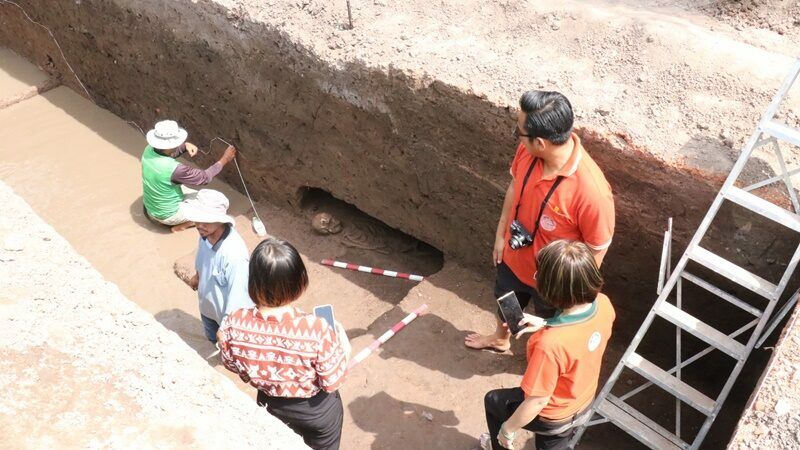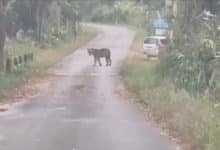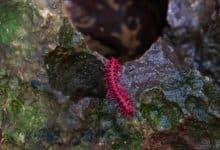Ancient skeletons discovered in Nakhon Ratchasima

A remarkable discovery of ancient skeletons, believed to be around 2,000 years old, has caused quite a stir in Nakhon Ratchasima. Archaeologists uncovered two human skeletons during excavation work, with one skeleton’s skull placed on its torso, creating a buzz among locals and experts.
The discovery took place at 10am yesterday, May 29, during a project to landscape the Boraparam Moat area on Atsadang Road intersecting with Phon Lan Road in Nakhon Ratchasima Municipality. The project aims to transform the old city wall area into an educational historical site. Those present included Prasert Boonchaisuk, the mayor of Nakhon Ratchasima, and Thananchai Wannasook from the Office of Environmental and Pollution Control Region 11, who inspected the site.
The excavation team, led by Thosaphon Srisaman, director of the 10th Fine Arts Office in Nakhon Ratchasima, along with archaeologists Kittipong Sonlek and Wannapong Palakawong Na Ayutthaya, discovered the skeletal remains buried 180 centimetres deep. The first skeleton was found lying supine with its head facing west. Approximately 2.5 metres away, the second skeleton was discovered with its skull placed on its torso, accompanied by ancient pottery shards, animal bones, and a black Phimai-style pottery vessel.
Thosaphon explained that this discovery is significant for archaeological research, as it provides valuable data for scientific analysis to determine the age and historical context of the findings. He noted that previous discoveries in the area were often accidental and not conducted with archaeological methods.
The evidence collected will be thoroughly analysed and documented for future reference. Preliminary assessments suggest that this site may hold numerous other archaeological remains, indicating its historical use for ritualistic burials between 1,000 and 2,000 years ago.
Prasert, the mayor, stated that the area around the city moat is set to become a public recreational space and landmark for the old town of Korat. Before this development, coordination with the 10th Fine Arts Office is essential for archaeological excavation and analysis.
Ritual offering
This recent discovery underscores Korat’s importance as a historical civilisation site. Plans include preserving the excavation site with replicas of the skeletons and artefacts for public viewing, thereby linking the ancient city wall’s narrative to the cultural heritage of Korat during the late Ayutthaya period.
Outside the excavation site, locals Chanisa Phadkeekul and Prawit Triwech performed a ritual offering to apologise to the spirits, presenting fruits and betel leaves. They lit incense for a numerical prediction, which revealed the number 807, sparking curiosity among onlookers who captured the moment on their phones.
During the removal of protective coverings from the skull with its torso, a large gecko appeared, startling the team. The gecko was subsequently released back into the wild, reported KhaoSod.
Moving forward, the archaeological team plans to cordon off the area as a restricted zone to protect the site.
Latest Thailand News
Follow The Thaiger on Google News:


























